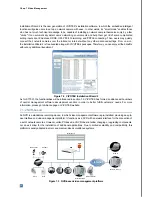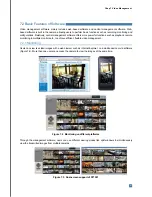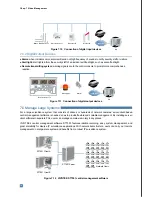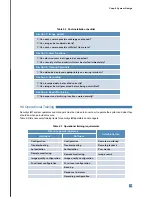
Chap.6 Bandwidth and Storage
44
RAID 5 (Parity RAID)
RAID 5 consists ists of at least three hard disk drives. Similar to RAID 1, RAID 5 stores redundant data in separate
disk drives, but in an even- and odd-parity scheme. The parity is used for data recovery.
RAID 5 is more cost-effective than RAID 1 because only one drive is used to store parity. However, its writing
speed is slower since at least two hard disk drives are needed when writing data (one for storing data, the other for
storing parity) and its data security is more inferior. In addition, RAID 5 offers higher security than RAID 0 because
parity can be used to restore data if a drive cracks.
RAID
type
No. of hard disk
drives required
Total storage
space
Performance
Security
> 2
2
> 3
Capacity of all drives
Capacity of half of
the drives
Capacity of total
minus one drive
High
Medium
Fast reading and
slow writing speed
Low
High
Medium
Main application
Users that require high
performance
When data security is
top priority
Ensuring uncompromising
data security with limited
budget
RAID 0
RAID 1
RAID 5
Table 6.1 Comparison of RAID 0, RAID1 and RAID 5
Summary of Contents for IP Surveillance
Page 1: ......
















































